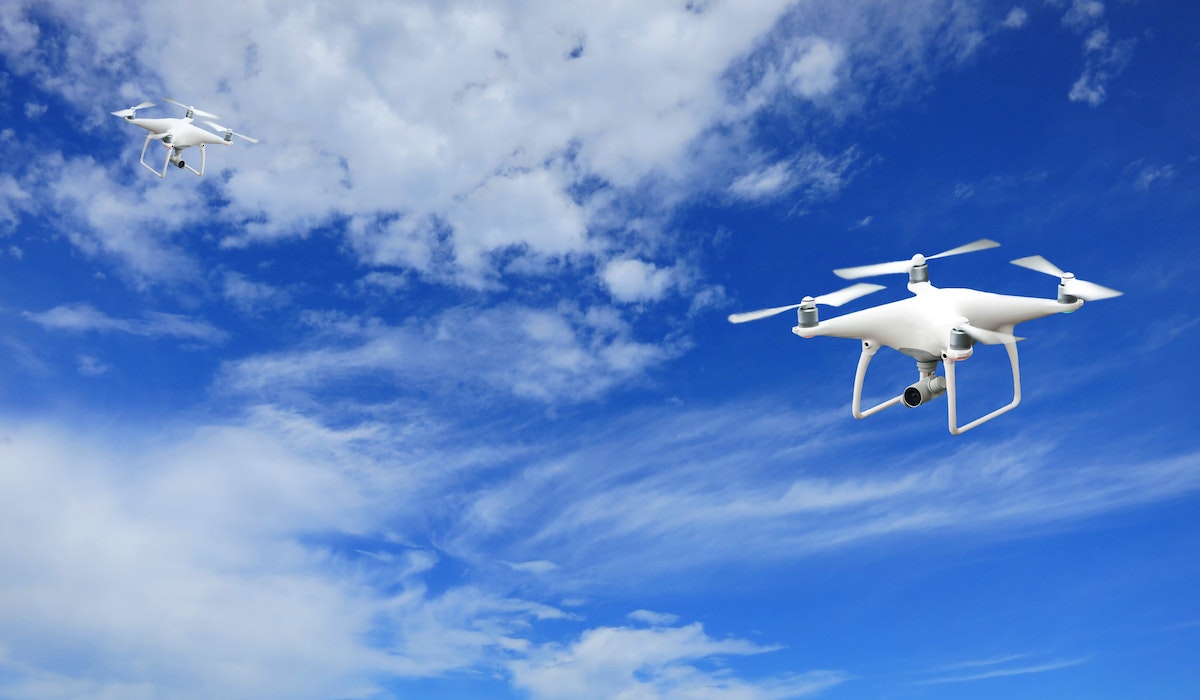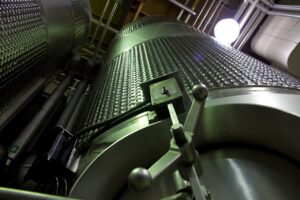
Drones can easily access hard-to-reach areas. Their capability to fly at low altitudes lets them capture HD pictures and, in the process, collect more comprehensive data than helicopters. As a result, drones have become the most sought-after gadgets for various tasks like aerial inspections, capturing impressive pictures, and doing other complicated projects. However, this is only a share of their full potential.
The potential use of commercial drones is huge, with countless possibilities in construction, building inspections, agricultural mapping and surveillance, oil and gas refinery inspections, search and rescue missions, thermal imaging, aerial photography, and more.
Manufacturers, innovators, designers, and other technology experts continue to elevate drones’ capabilities with next-level functionalities and features, making them capable of doing much more. Here are some unique ways the new drone technology has enhanced the world.
Deliver Packages
One of the leading drone applications is their use in package delivery, and it’s forecasted to become a reality soon. Several businesses are currently testing the practicality of drone deliveries for their products. Popular online stores, such as Amazon, Google, and Walmart have experimented with drone deliveries for some time.
The perks of using drones to deliver products are countless, including quick delivery times, lower pollution, and lowered delivery costs and vehicles, to name a few. It means that deliveries will become more efficient, air quality will improve, and people will have extra time for other daily activities.
Enhance Agriculture
Regarding agriculture, drones fitted with unique sensors can detect patches, infestations, and pesticides on crops in a field. The best thing about these drones is that they can relay information about the location and pest types to another drone equipped with the appropriate spray or even spray the affected crops with the right chemicals. They also send valuable information to a central location for action.
Scientists are already testing the efficiency of the Agri Drone, which utilizes a pesticide cannon fitted with an infrared camera to identify insects. This drone has a special mechanism, known as a bug zapper, at the bottom to let it manually terminate the bugs, eliminating the necessity for pesticides.
Drones can also assess the health of crops and detect the areas that need fertilizer, water, and pesticides. Concentrating on sections that necessitate attention reduces crop failures, costs are minimized, and the overall production expense decreases while safety and productivity increase.
Elevate Photography and Filming
Drones are top-class tools that can help you create unique and engaging content and video campaigns for various businesses. They allow you to capture high-quality pictures and videos quickly and at a fraction of the cost of the brick-and-mortar methods. If you want a drone that follows you, you will be happy to note that drones can do this and take photos and videos from various perspectives and angles.
Tourist resorts, real estate companies, photography businesses, motion picture studios, and schools are among many organizations that can use drones to market their facilities and structures to prospective clients.
Wildlife Preservation
Anti-poaching drones have entered the world, playing an essential role in protecting critically endangered species like gorillas, elephants, rhinos, tigers, and more. These drones feature anti-poaching technology, making it easier for park rangers worldwide, especially in Africa and Asia, to preserve wildlife. The drones are relatively affordable, can transmit live video feeds, and cover large sections quickly. By using thermal imaging and infrared, these drones prove to be handy at night, too.
Map, Detect, and Detonate Landmines
A special drone designed to detect and detonate landmines is now available. Over the years, landmines that haven’t been detonated in active conflict and war-torn regions continue to be risky, causing injuries and deaths. Luckily, there are drones aimed at addressing these problems.
Conclusion
The use of drones in several industries like package delivery, agriculture, and filming is rapidly progressing and is anticipated to improve further. The drone’s hardware and software technology is projected to advance and offer a broad range of capabilities. Additionally, technological advancements are expected to assist in the innovation of compact drones that consume insignificant power, leading to prolonged flight times. Government regulations, however, are expected to become more lenient, enabling more individuals to buy and operate drones.


